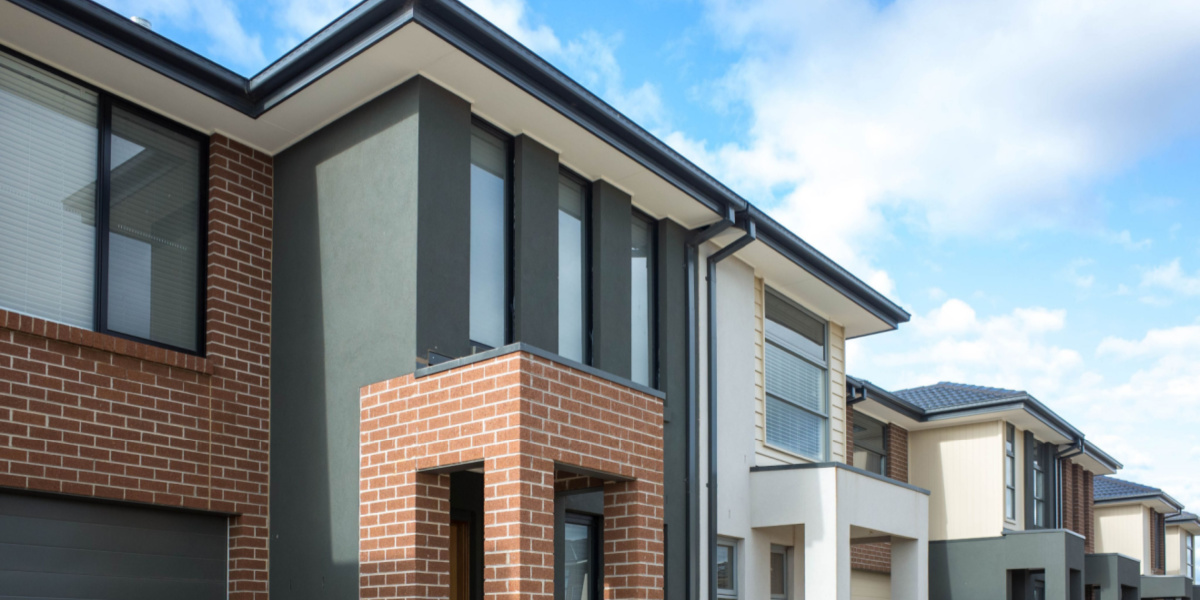The main criticism of this shared-equity scheme is that those who don’t nab one of the 10,000 spots will be left further and further behind on their dreams of home ownership. It has the potential to increase demand on an already strained housing market. With interest rates continuing to increase, potential homeowners borrowing power is waning. Whilst the intention of the scheme is on assisting lower income earners and a younger demographic break into the property market, it will yet be seen whether it is a success or needs to be re-evaluated by Labor.





